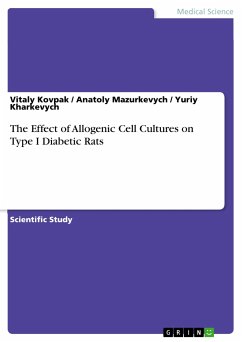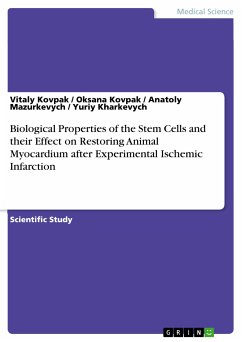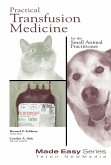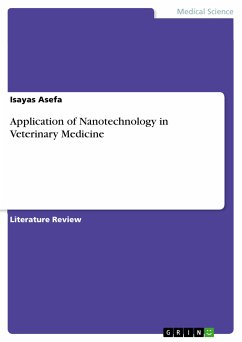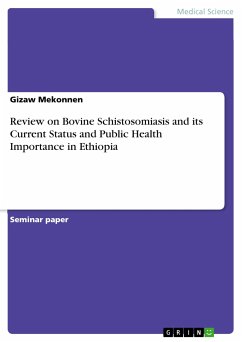Scientific Study from the year 2020 in the subject Veterinary medicine, grade: 10, , language: English, abstract: This study investigates the changes in the pancreas of rats with the introduction of alloxan, confirming histologically the presence of pathological processes characteristic of type I diabetes. Additionally, a cytogenetic analysis of rat cells in culture obtained from red bone marrow, adipose tissue and pancreas during subcultivation in the in vitro system was performed and their phenotypic characterization was given. Furthermore the histological changes in the pancreas of rats were analysed with the introduction of cell cultures obtained from different sources against experimental diabetes and studied the changes in the blood glucose of experimental animals with the transplantation of cellular material. Despite the shortcomings of the modern methods of treating animals with type I diabetes using insulin therapy, as well as the fact that pancreatic ß-cell death is one of the important elements in the diabetes pathogenesis, new approaches to the treatment of this disease using cell technologies are being studied. Recent studies of ß-cells in the in vitro system have shown that they have a fairly high regenerative capacity, but in the in vivo system with diabetes, these cells almost do not recover. The development of methods that can activate ß-cell regeneration is an important area of the scientific research. To date, mainly red bone marrow is used as the source of stem cells for research, because this is the only tissue of the adult body that normally contains immature, undifferentiated and low-differentiated cells. However, adipose tissue is being increasingly used as an alternative source for stem cells, from which they can be isolated in significantly larger quantities using less invasive methods compared to using red bone marrow. It is worth noting that there are still a lot of unclear issues in the study of the pancreas regeneration ways, therefore, in the treatment of patients with diabetes, the direction of the use of cell culture obtained from the pancreas is especially relevant. Given the above, the aim of our study was to study the effect of cell cultures obtained from adipose tissue, bone marrow, and pancreas on the course of experimentally formed insulin-dependent type I diabetes in rats with the aim of developing scientifically based and effective cell therapy methods in veterinary medicine.
Dieser Download kann aus rechtlichen Gründen nur mit Rechnungsadresse in A, B, BG, CY, CZ, D, DK, EW, E, FIN, F, GR, HR, H, IRL, I, LT, L, LR, M, NL, PL, P, R, S, SLO, SK ausgeliefert werden.

